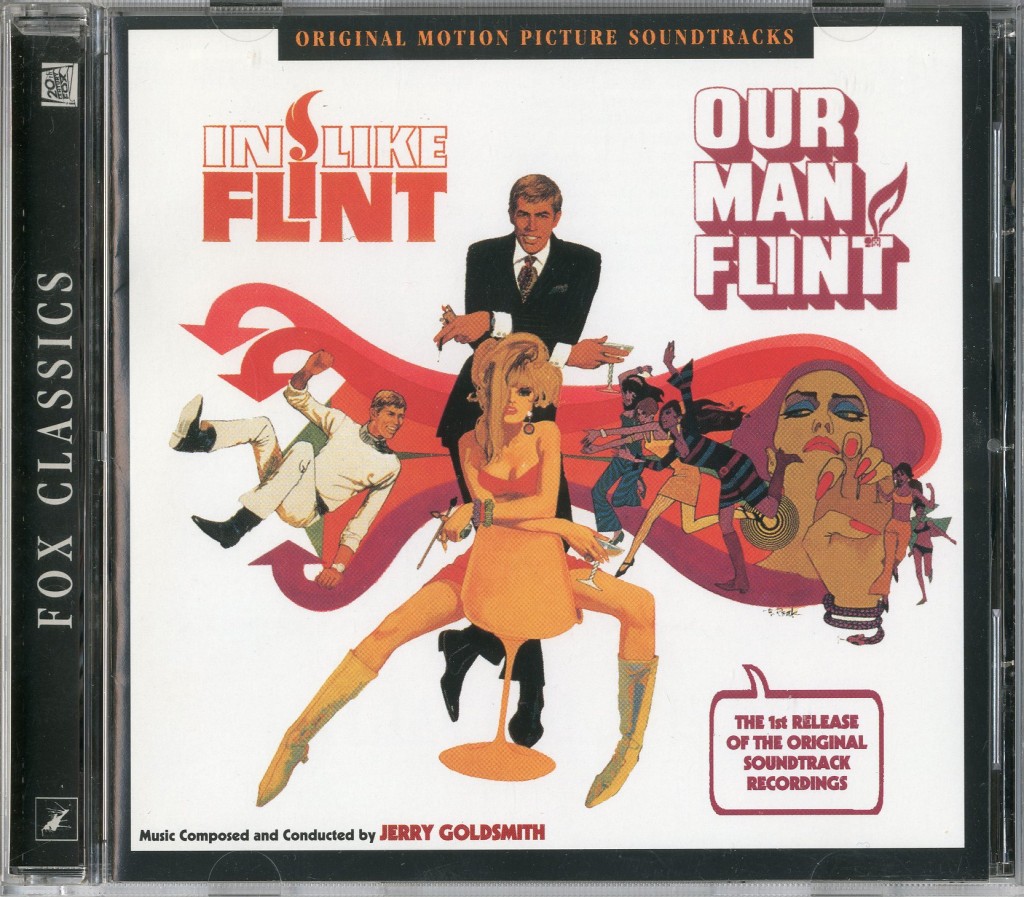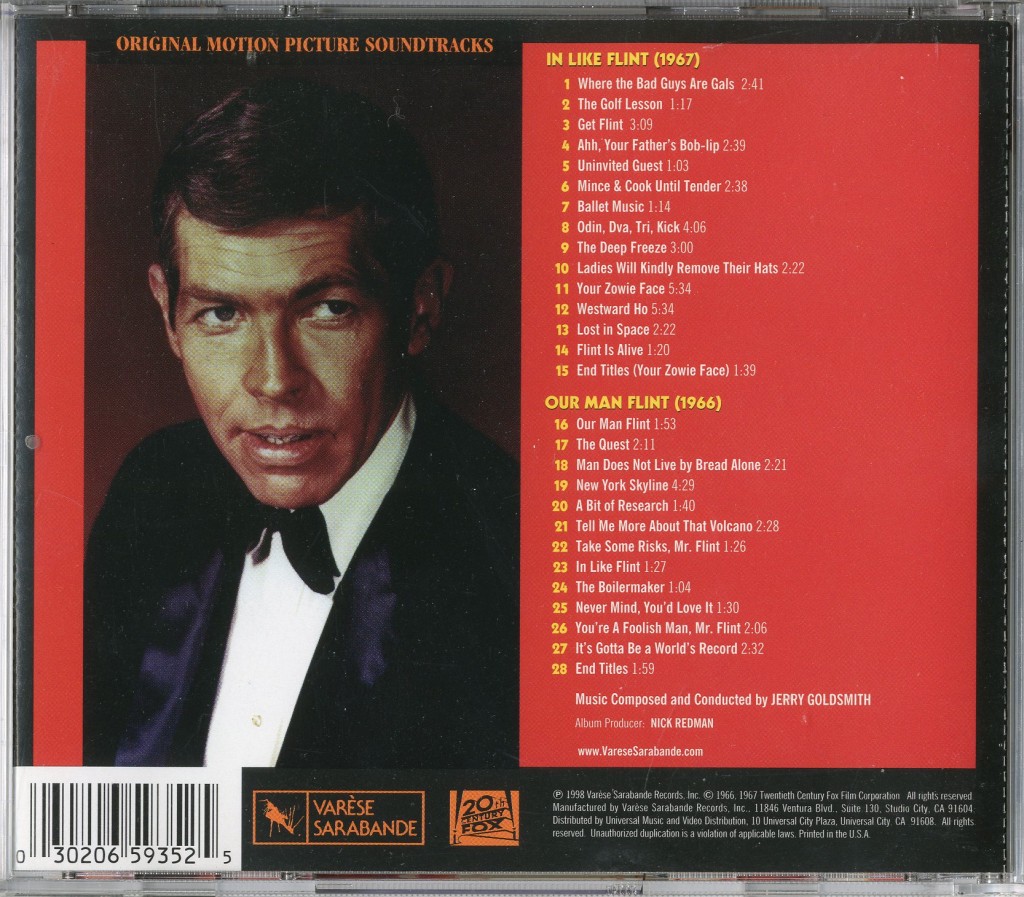This is the inaugural segment of a new feature in which I will discuss some of my favorite movie soundtracks. Most of these will be instrumental soundtracks, for that is my preference. Instrumental soundtracksare composed like classical music, except that they accompany visual motifs. And except for a few exceptionallytalented individuals who have scored their own movies — Charlie Chaplin, John Carpenter, Clint Eastwood — film composers match their musical ideas toother people’s visualizations. Sometimes the results are jarring and don’t feel right, but when done well, the results are magical.
I could not begin this feature with anyone other than Jerry Goldsmith. He is not the best in the field (I would rate John Williams and Bernard Herrmann as more talented), but he is my favorite composer nonetheless. Goldsmith, who died in 2004, was a prolific, intense, passionate composer whose career spanned five decades of film and television work. He was known for his science-fiction and fantasy scores but he could interpret music for any type of project. I could — and perhaps will — discuss a couple of dozen classic Goldsmith scores, but I’ll start with a CD that encompasses my two all-time favorites of his: Our Man Flint (1966) and In Like Flint (1967).
Made both to emulate and parody the James Bond cycle then at its peak, the Derek Flint films boast jazzy Goldsmith scores which not only support the action but take center stage on several occasions. Flint’s main theme is a series of basic four three-note cadences which begin in a major key, move into minor keys and return back into major keys during the final cadence. This simple theme comprises the majority of the Our Man Flint score, played in endless variations and motifs as superspy Derek Flint (James Coburn) saves the world from scientists bent on controlling the weather.
Goldsmith’s creativity led him to augment traditional symphonic instruments with electronic instruments, and this was more than a decade before synthesizers became popular. The Flint theme is played by a pair of electric guitars in harmony, supported by a full orchestra. Exotic variations of the theme are developed in “New York Skyline,” where the music changes styles when Flint changes dance partners. Percussion-charged action music builds to full throttle in “You’re a Foolish Man, Mr. Flint,” one of my all-time favorite music tracks. When I daydream about derring-do, it’s usually accompanied by this music.
The In Like Flint score (which, oddly, precedes the earlier film on this CD) uses the Flint theme extensively (most impressively in the Russian-themed “Odin, Dva, Tri, Kick” action music cue), yet begins and ends with a new theme, “Where the Bad Guys Are Gals,” an incredibly lyrical ode to evil women when sung by a chorus as “Your Zowie Face.”
Goldsmith’s second Flint score is more assured and imaginative than his first, although the movie itself isn’t as good as the first one. It’s more elegant and varied, and even jazzier than Our Man Flint. More electric instruments are utilized and sounds get positively space-y at times with pulsating bass lines and Forbidden Planet-like tonalities.
This is definitely music of its era and may seem dated to some listeners, but I could, and do, listen to these scores often. They, more than any other music, fueled my burgeoning love of movie music during my formative years. I couldn’t live comfortably without them. (9:1).


